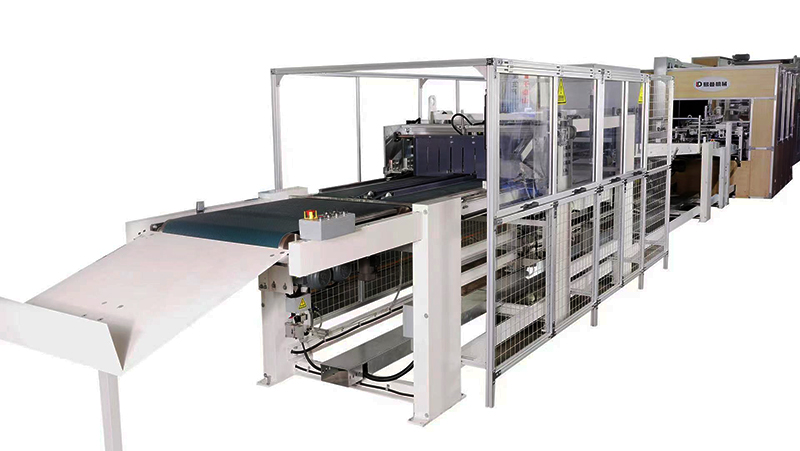Understanding Paper Bag Machine Prices: Key Factors and Investment Insights for 2025
Release time:2025-05-01 Classification:Knowledge
Paper bag machines are essential equipment for businesses in packaging, retail, and manufacturing industries. As sustainability trends drive demand for eco-friendly packaging solutions, investing in a paper bag machine has become a strategic priority for many organizations. However, understanding the pricing structure and factors influencing costs is critical for making informed purchasing decisions. This guide explores the key elements that determine paper bag machine prices and provides actionable insights for buyers.

1. Factors Affecting Paper Bag Machine Prices
The cost of a paper bag machine varies significantly based on several technical and operational considerations:
- Production Capacity: Machines with higher output (e.g., 100–500 bags per minute) typically command higher prices due to advanced automation and robust components.
- Automation Level: Semi-automatic models are more affordable but require manual intervention, while fully automated systems (with integrated printing, folding, and gluing) are priced at a premium.
- Bag Specifications: Machines designed for complex bag types (e.g., SOS bags, gusseted bags, or laminated handles) involve specialized mechanisms, increasing costs.
- Material Compatibility: Equipment capable of processing thicker or recycled paper may require reinforced components, impacting the price.
- Energy Efficiency: Machines with energy-saving features often have higher upfront costs but reduce long-term operational expenses.
2. Price Range Overview
Paper bag machine prices generally fall into three tiers:
- Entry-Level Machines (10,000–10,000–50,000): Suitable for small businesses, these semi-automatic units prioritize basic functionality and lower production speeds.
- Mid-Range Models (50,000–50,000–150,000): These systems offer enhanced automation, faster output, and flexibility for medium-scale operations.
- High-End Systems (150,000–150,000–500,000+): Industrial-grade machines with full automation, custom configurations, and ultra-high-speed capabilities for large manufacturers.
Prices may fluctuate based on regional market dynamics, import taxes, and optional add-ons like IoT-enabled monitoring or advanced safety features.
3. Cost-Saving Strategies for Buyers
To optimize your investment, consider the following:
- Assess Needs Accurately: Avoid overpaying for unnecessary features by aligning machine specifications with your production volume and bag design requirements.
- Evaluate Total Ownership Costs: Factor in maintenance, spare parts, and energy consumption rather than focusing solely on the initial purchase price.
- Explore Financing Options: Leasing or installment plans can ease budget constraints for startups.
- Verify Supplier Credentials: Prioritize manufacturers with certifications (e.g., ISO standards) and robust after-sales support to minimize downtime risks.
4. Future-Proofing Your Investment
With evolving regulations on single-use plastics, paper bag demand is projected to grow steadily. Investing in adaptable machinery—such as modular systems that allow upgrades—ensures scalability. Additionally, opting for machines compatible with biodegradable coatings or digital printing can position businesses to meet emerging market trends.
Understanding paper bag machine prices requires a holistic analysis of technical requirements, operational goals, and long-term sustainability objectives. By carefully evaluating production needs and partnering with reliable suppliers, businesses can secure equipment that delivers optimal ROI while supporting eco-friendly packaging initiatives. For tailored advice, consult industry experts or request detailed quotations to compare specifications and pricing structures.






